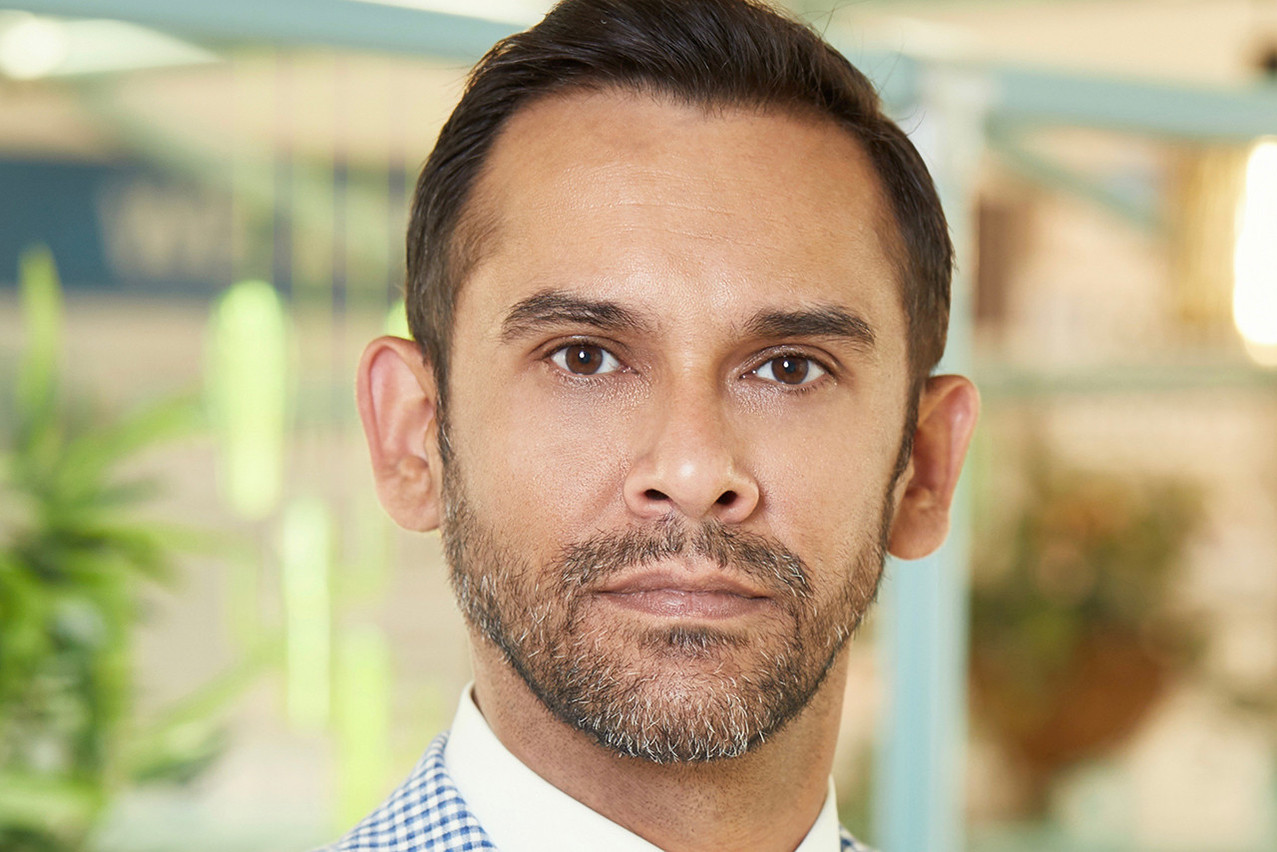Does the development of the blockchain, crypto-currencies, NFTs, etc. represent threats or opportunities for the financial centre?
Nasir Zubairi. – “New innovations are always an opportunity but need to be grasped. The blockchain can be a foundational technology for financial services solutions. Perhaps with the potential to be of greater impact is the way blockchain will enable social/user behavioural changes in the years to come and how that may require financial services to change the way it works. We already see changes gaining momentum, such as with crypto-assets and decentralised finance (DeFi), while other trends, most notably the metaverse and associated NFTs, will undeniably require financial services to adapt in order to stay competitive. The key to making the most of the opportunity will be the agility and vision with which Luxembourg stakeholders embrace change and take managed risks to cater for the future. With our focus on becoming a leading centre in green finance, we should be looking at technology such as blockchain to form the basis of the solutions we deliver, reaping benefits in terms of costs, scalability and long-term durability, not to forget the positive positioning of being a true innovation leader in the field.
To guarantee the competitiveness and sustainability of the financial industry in Luxembourg, what do you think should be the main actions to be taken in 2022?
“I believe we are underutilising a few key elements of our comparative advantage. Specifically, our close-knit community, our agility and our legal skill set. Leveraging these assets effectively to develop and implement a variety of initiatives related to mutualisation of services within the finance sector would help ensure a competitive advantage for Luxembourg. At a time when financial services margins are declining due to relatively stagnant revenues coupled with increasing costs, I believe we need to see how all actors can come together and find ways to drive efficiency and perhaps enhance effectiveness through shared solutions in the areas of KYC, AML, regulatory reporting, data management and business insights. So, in 2022, I would like to see a real canalisation, committed support, and associated action to realise mutualised solutions for the Luxembourg centre.
What could the Luxembourg financial centre look like by 2030?
“Well, depending on the paint we use for the buildings, bright and colourful or hipster grey. We could perhaps look at some more creative architecture rather than the Lego blocks that seem to go up at the moment, perhaps also a few more buildings over six floors. To be serious, it is quite a difficult question to answer given that there are so many exogenous variables that we, in Luxembourg, do not control. I can only point to things that must happen to drive the evolution of the Luxembourg finance centre, due to undeniable market forces.
1) More, if not a major focus on sustainable finance by the actors in the industry.
2) More efficient back-offices through a level of automation (those that don’t automate will likely have gone bankrupt by 2030).
3) Update to the digital infrastructure for wholesale and retail payments to accommodate the introduction of the digital euro. Some stalwart names will have waned, other new ones will grow in prominence, but the general specialisms of the Luxembourg centre will likely remain the same. Critical will be policy focus and investment if we want something more to happen. I think there will be fewer banks in Luxembourg, but perhaps more niche firms that work in collaboration with each other to deliver the best and most efficient support services to the rest of the world.”
Register to the 10×6 Luxembourg – Financial centre 2030:
